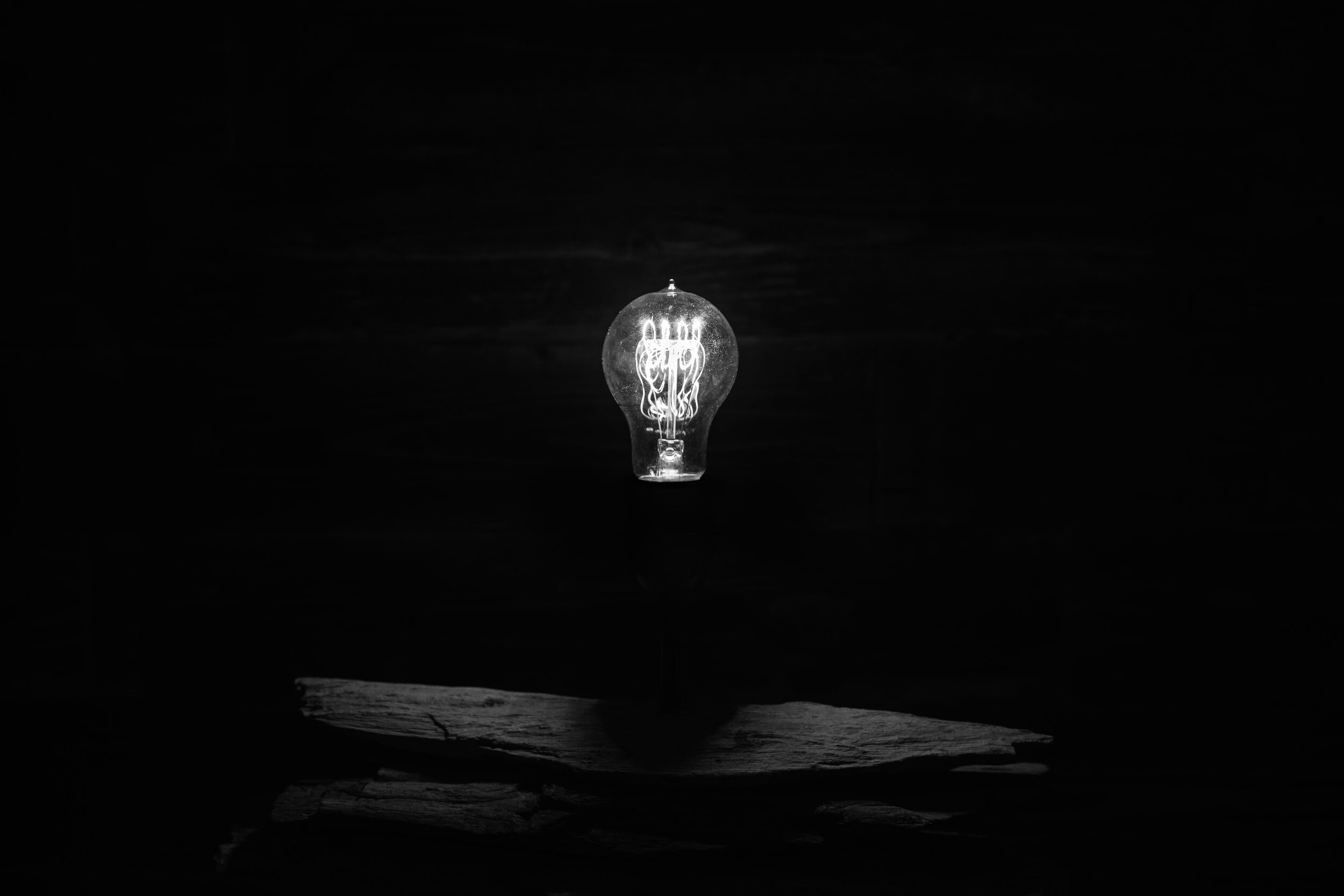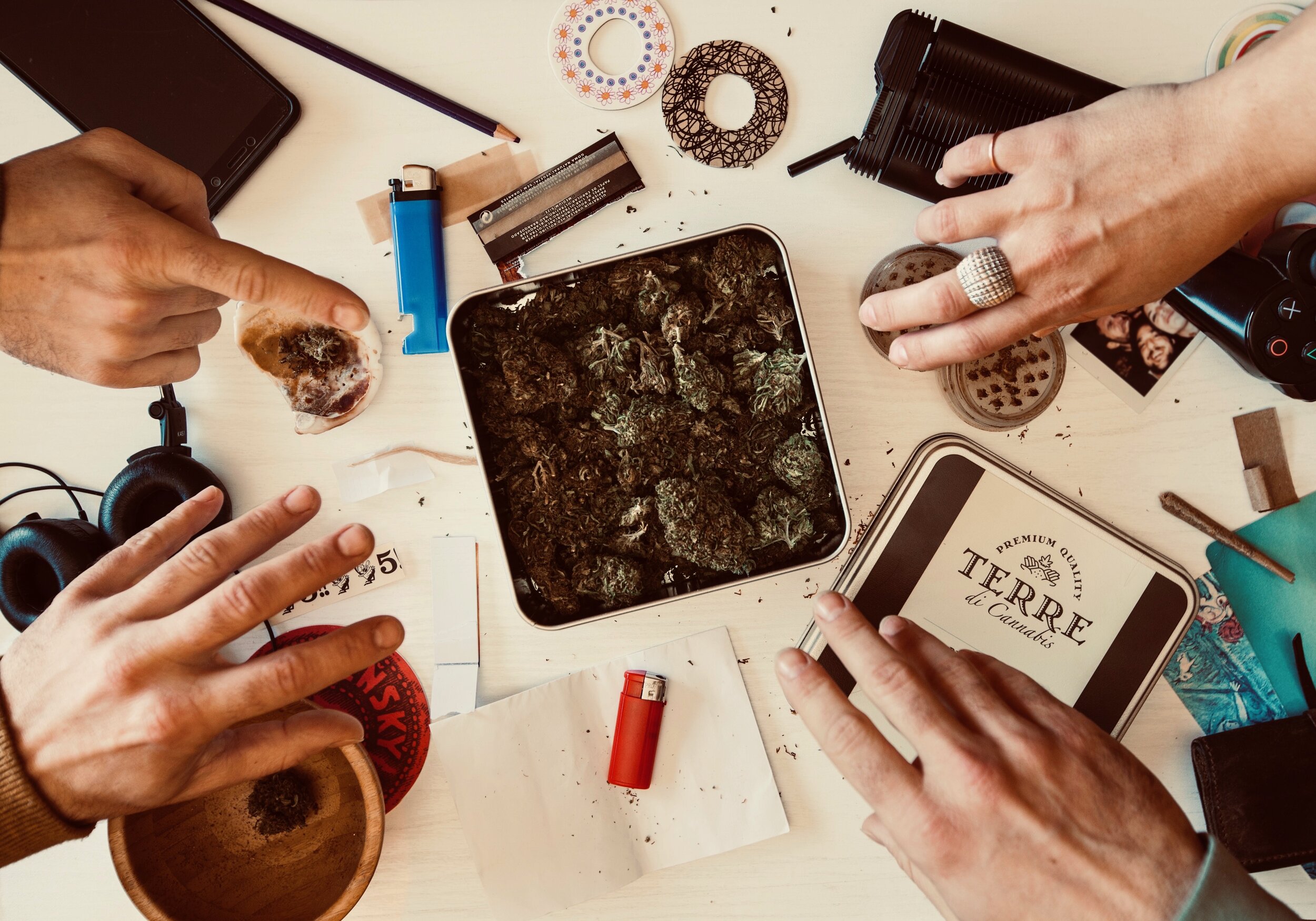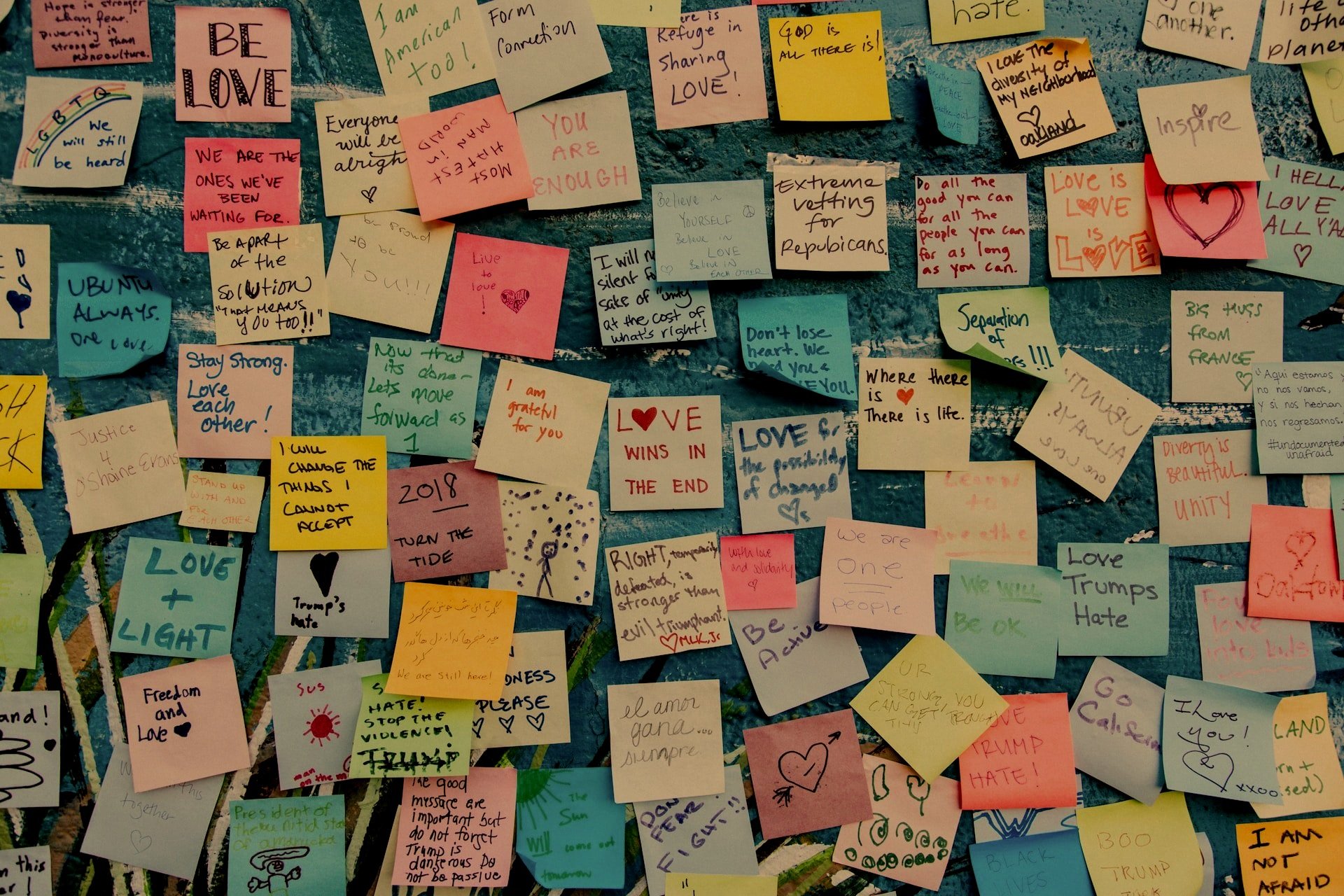Does Creativity Decline as You Age?

Does Creativity Decline as You Age?
Creativity is signaled by divergent thinking, a thought process in which the mind's typical thought process is opened in all directions allowing for a wide range of newly possible ideas. This sort of originality and efficacy is like a muscle. As children, the creative muscle is continuously flexed— imaginary friends, playing pretend, creating new languages. Children are forever expressing their creativity. However, as adults, people's experience at being able to tap into that childlike creative mindset is less and less available. But do people actually become less creative with age? Although life can get more structured with age, that doesn't necessarily mean that a person's creative capabilities have dwindled.
The Age-Old Question
Research surrounding creativity's decline with age was done as early as 1835. Since then, research conducted by psychologist Dean Keith Simonton indicates that increased creativity is associated with a heightened output in your mid-20s, which peaks between a person's late 30s and early 40s, slowly declining from thereon. However, this is only true depending upon the type of creativity. Creators, like poets and mathematicians, tend to peak early and bottom-out relatively quickly after that. Other disciplines, such as historians or philosophers, have a more gradual trajectory. They reach their peak later and steadily decline over a more extended period. Since creativity expands and contracts, people who make one genius contribution to their field are bound to have a quicker rise-and-fall. Those who are consistently making efforts to their domain remain at an elevated creative state because they are working their creative muscle more frequently.
CHECK OUT OUR BEST SELLING JOURNALS
THE ORIGINAL CREATIVE THINKING GUIDED JOURNAL
THE ALL-AGES CREATIVE THINKING GUIDED JOURNAL
Factors of Creativity
Psychologists are discovering that discipline isn't the only factor affecting creativity—there are many seemingly random attributes and activities that help. Researchers at Tel Aviv University, the Kellogg School of Management, and INSEAD determined that living abroad allows those who are deeply immersed in their adoptive locales' culture, perform better on creativity tests, and go on to experience greater professional success (Ayyar). Living in a foreign country forces new residents to adapt to shifting perspectives and thus, requires unusual solutions for complex problems.
Getting a little buzzed can help too! Whether it's alcohol or cannabis, these tools can act as a way to get the creative juices flowing by enhancing imagination and repressing self-judgment! Proceed with caution, though, as creativity often flows better at lower doses.
A final creativity aid is pacing. The saying "think on your feet" really isn't that far off. The Stanford Graduate School of Education produced a trial showing that participants' creativity roughly doubled when they were walking. Although it may not be the answer to every problem, walking will help stimulate your mind.
Exploitation vs. Exploration
With age, comes wisdom, and in most cases, the knowledge acquired over time can be a great benefit. However, sometimes people's predisposition to previous conclusions or default thinking, may inhibit them from reaching a unique, viable, and creative solutions. This is where exploitation and exploration come into play. When adults face a new and sudden problem, they automatically exploit the knowledge required in their past to solve the situation in the present.
On the opposite side of the spectrum is exploration or trying something different. Exploration yields a result that may not be as obvious by employing a new way of thinking. Additionally, exploration opens the mind to considering countless ideas that may never work, similar to the way children and teenagers daydream. This tension between exploitation and exploration explains precisely why the myth of creativity declining with age arose. At some point, adults simply stop exploring but they never stop thinking.






